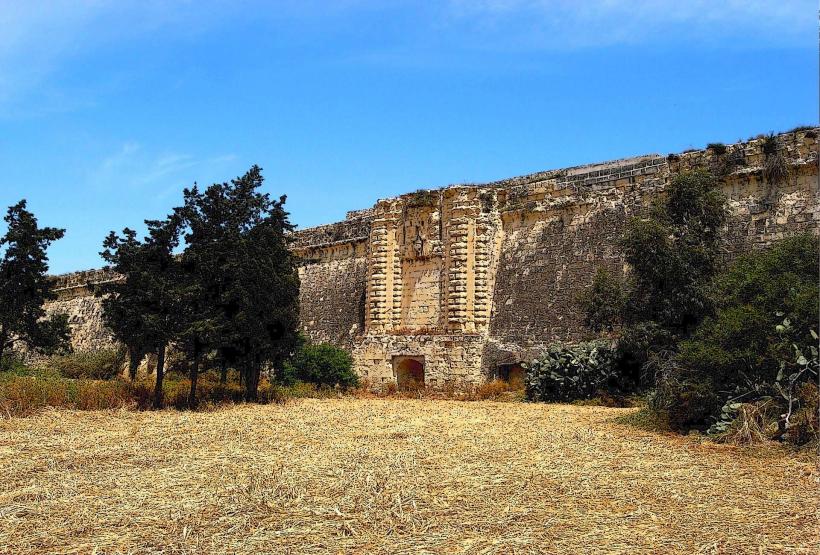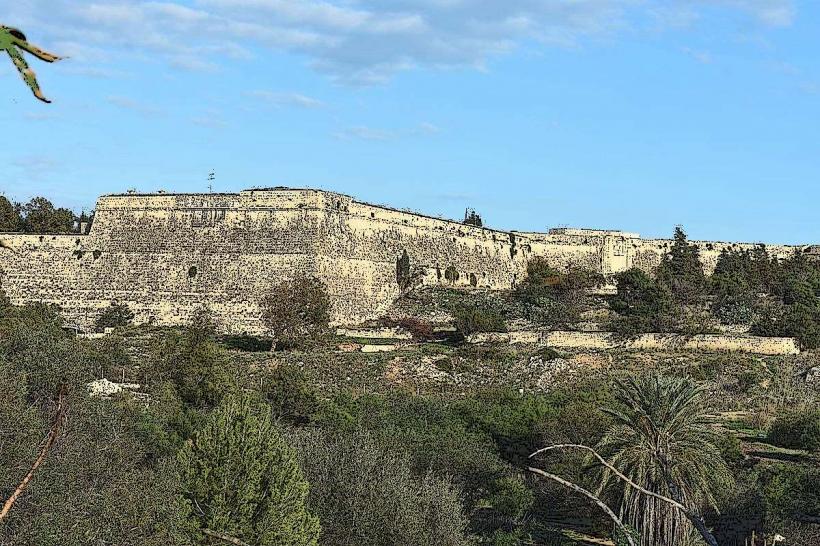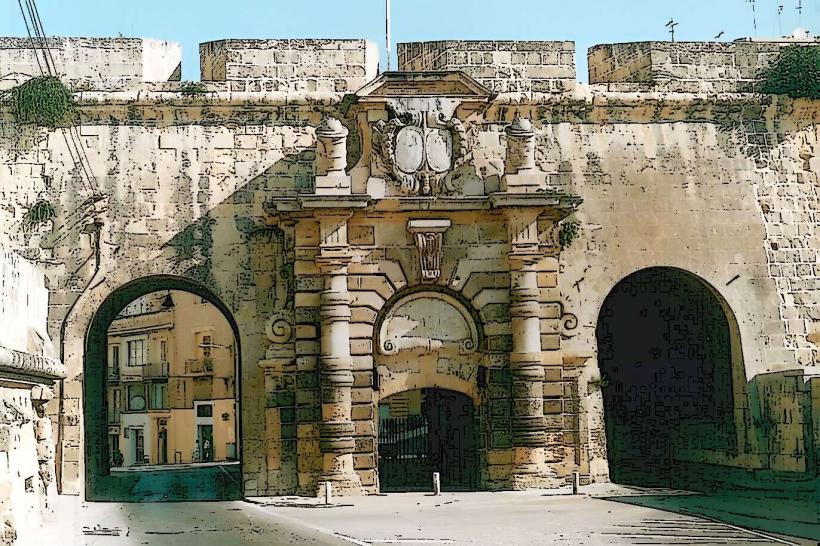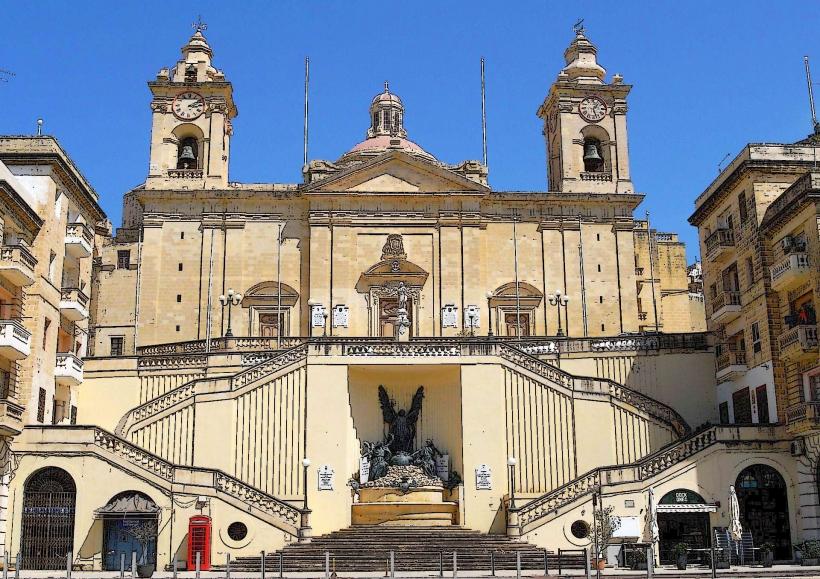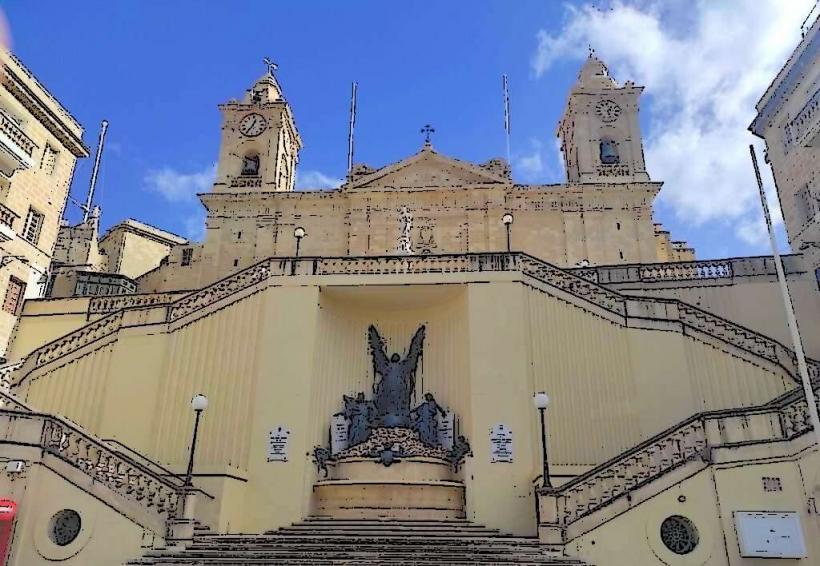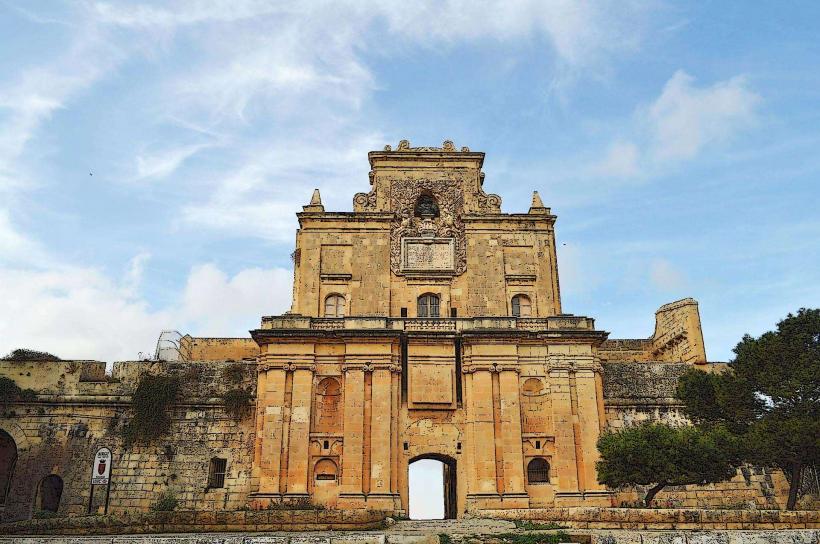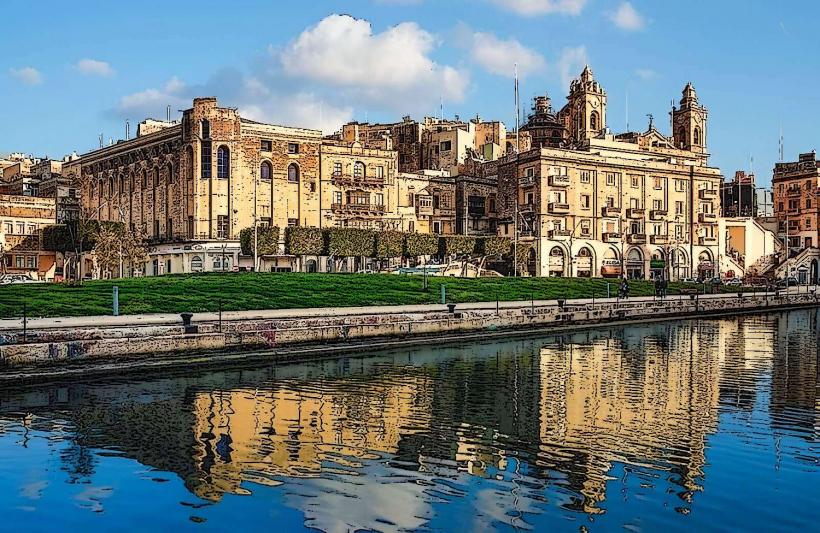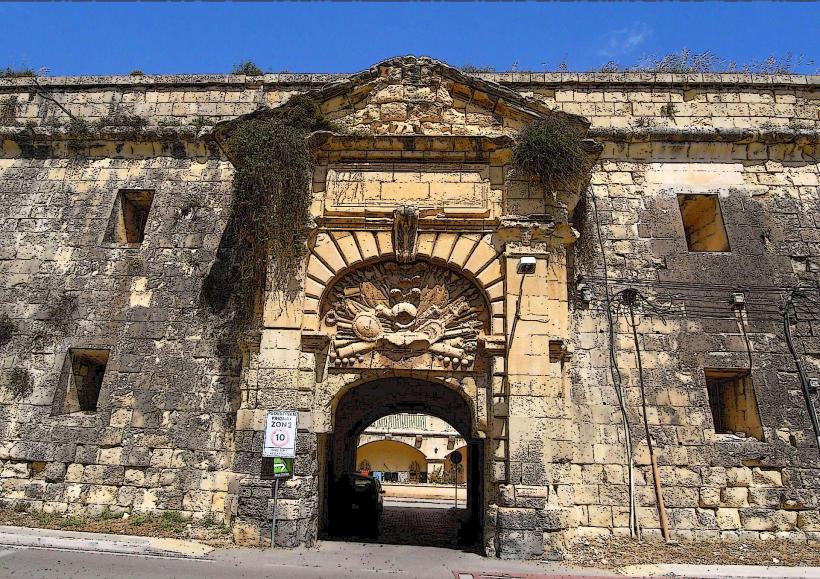Information
Landmark: Collegiate Church of St. HelenCity: Cospicua
Country: Malta
Continent: Europe
The Collegiate Church of St. Helen, known in Maltese as Il-Knisja Kolligjata ta' San Elena, is an important Roman Catholic church located in Birkirkara, the largest town in the central region of Malta. This church is dedicated to St. Helen, the mother of the Roman Emperor Constantine the Great, and it holds significant historical and religious value for both the local community and the wider Maltese population.
Historical Background
Foundation and Early History:
- The origins of the Collegiate Church of St. Helen date back to the 13th century, though its current structure was mainly built and expanded during the 16th century. The church is thought to have originally been a parish church, which later received the status of a collegiate church, meaning it had a community of canons or clergy who performed religious services regularly.
Knights of St. John:
- During the rule of the Knights of St. John, Birkirkara, as one of the major towns on the island, saw substantial development, and the church of St. Helen played a central role in the religious life of the area. The Knights' influence helped fund the church's expansion and ornamentation, especially after they settled in Malta in 1530.
Elevation to Collegiate Status:
- In 1692, the church was elevated to the status of a collegiate church, meaning it had a chapter of canons who would govern and assist in the church’s administration and spiritual activities. This added prestige to the church and allowed it to function with greater resources and responsibilities.
Architectural Features
Baroque Style:
- The Collegiate Church of St. Helen is designed in the baroque style, reflecting the influence of the Knights of St. John and the Catholic Counter-Reformation that was in full swing at the time. The church features grandiose elements such as a large dome, ornate altars, and decorative facades that are characteristic of baroque religious architecture.
Exterior:
- The church's façade is impressive, with twin bell towers flanking the main entrance. These bell towers are a striking feature of the building's exterior, contributing to its prominence in the skyline of Birkirkara.
- The main entrance is marked by a grand arched doorway and a pediment, with intricate detailing around the windows and doors. The facade is relatively simple compared to other baroque churches in Malta but still conveys the sense of grandeur that was common at the time.
Interior:
- Inside, the church is known for its elaborate altars and richly decorated ceilings, painted with religious scenes and symbols. The main altar is dedicated to St. Helen and is adorned with golden details and baroque artwork, reflecting the significance of the patron saint.
- The vaulted ceilings are decorated with scenes from the life of St. Helen and various other religious figures. The church also contains several side chapels, each dedicated to various saints and adorned with statues, paintings, and artworks typical of the baroque period.
The Dome:
- The church features a large dome that dominates its interior and is one of the key architectural elements. The dome is a notable feature of many Maltese baroque churches and allows for ample natural light to flood the space below.
Art and Decoration:
- The interior is decorated with a number of fine works of art, including paintings and sculptures. Many of the paintings in the church are by renowned local artists and reflect the baroque style, focusing on religious subjects and themes. The wooden pews and marble flooring add to the church’s aesthetic, enhancing its overall splendor.
Significance Today
Religious Importance:
- The Collegiate Church of St. Helen remains a vital center of worship for the people of Birkirkara. It holds daily Masses, as well as special services for the Feast of St. Helen (celebrated on August 18), which is a major event in Birkirkara's religious calendar. The church is also known for its annual procession, during which a statue of St. Helen is paraded through the streets of Birkirkara.
- The church plays a key role in the spiritual life of the local community, with a strong presence in local feasts, cultural events, and religious observances.
Cultural and Historical Heritage:
- As one of the oldest churches in Malta, the Collegiate Church of St. Helen holds an important place in the cultural and historical heritage of Birkirkara and the island as a whole. It provides a window into the religious practices and architectural development of Malta during the Knights of St. John period, particularly through its baroque design and the influence of the Catholic Counter-Reformation.
- The church is part of the broader historical context of Birkirkara, which was one of the more prominent towns in Malta during the medieval and early modern periods.
Tourism:
- The Collegiate Church of St. Helen is a popular destination for tourists interested in exploring Malta's religious heritage and baroque architecture. The church is often included in guided tours of Birkirkara, where visitors can learn about its history and its role in the religious life of the town.
- Tourists can appreciate the art, architecture, and history of the church, particularly its stunning altars and frescoes, as well as the traditional Maltese craftsmanship that went into its design.
Accessibility
Location:
- The church is located in the heart of Birkirkara, one of Malta's largest towns. It is easily accessible by foot from various parts of Birkirkara and the surrounding areas. The town itself is well-connected by public transport, including buses that run regularly to and from Valletta and other parts of the island.
Public Transport:
- Birkirkara is served by multiple bus routes, making it easy to reach the church from other parts of Malta. There are several bus stops nearby, and visitors can access the church easily by public transport.
Conclusion
The Collegiate Church of St. Helen is a stunning example of baroque architecture and an important religious site in Malta. Its historical significance, artistic wealth, and role in the community make it one of Birkirkara’s most cherished landmarks. Whether for those interested in religious history, art, or architecture, the church offers a fascinating insight into the island's past, particularly its connection with the Knights of St. John and Catholic devotion. The church remains a vital part of the local community and a must-see for visitors to Birkirkara.

